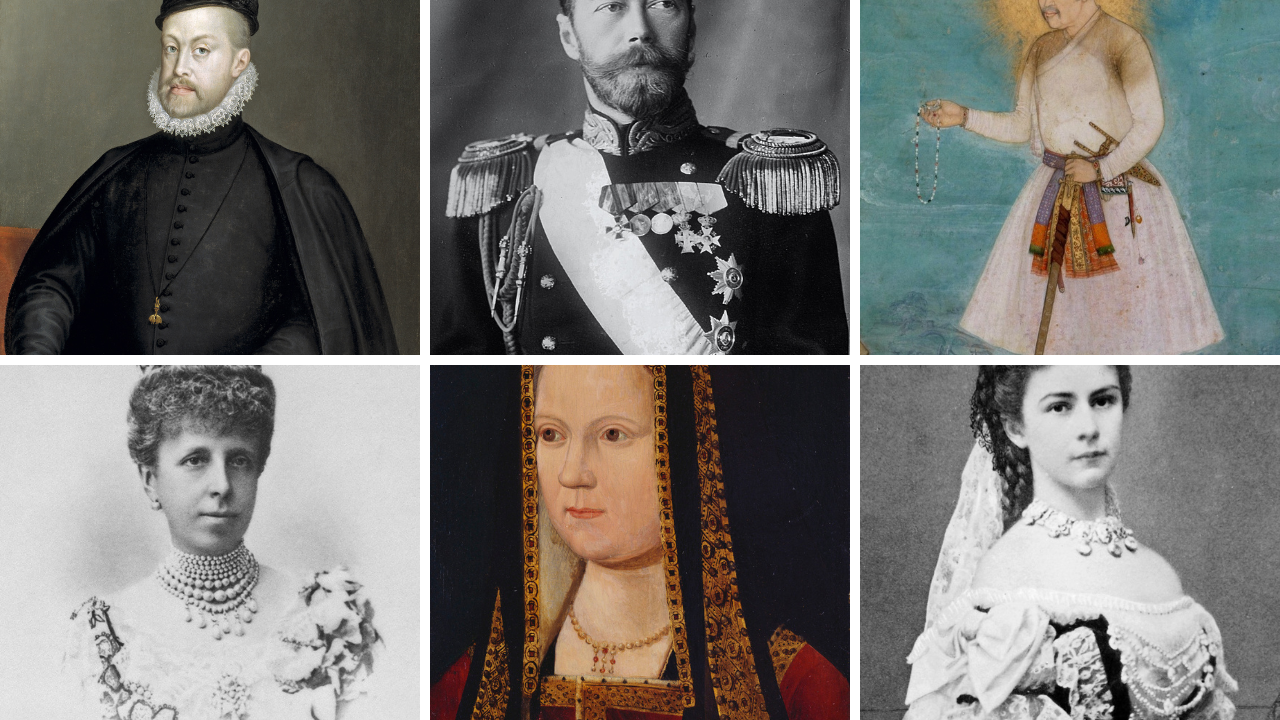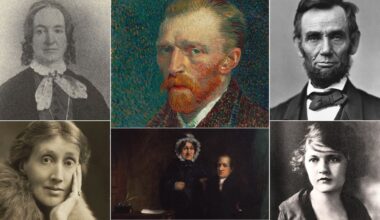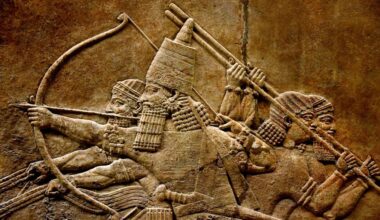Arranged marriages often get filed under strategy, not feeling. History tells a sharper story. In courts and capitals, couples who began as alliances learned each other with time. Trust grew. Letters softened. Daily habits turned loyalty into something warmer. These are human arcs, not neat myths. Duty set the table, but devotion sat down and stayed.
Here is what connects them. Shared work, not just shared titles. Small mercies in hard seasons. Private steadiness that outlived ceremony. Empires rose and fell around them. What held was simpler and stronger. Two people choosing each other again the next day.
Shah Jahan And Mumtaz Mahal
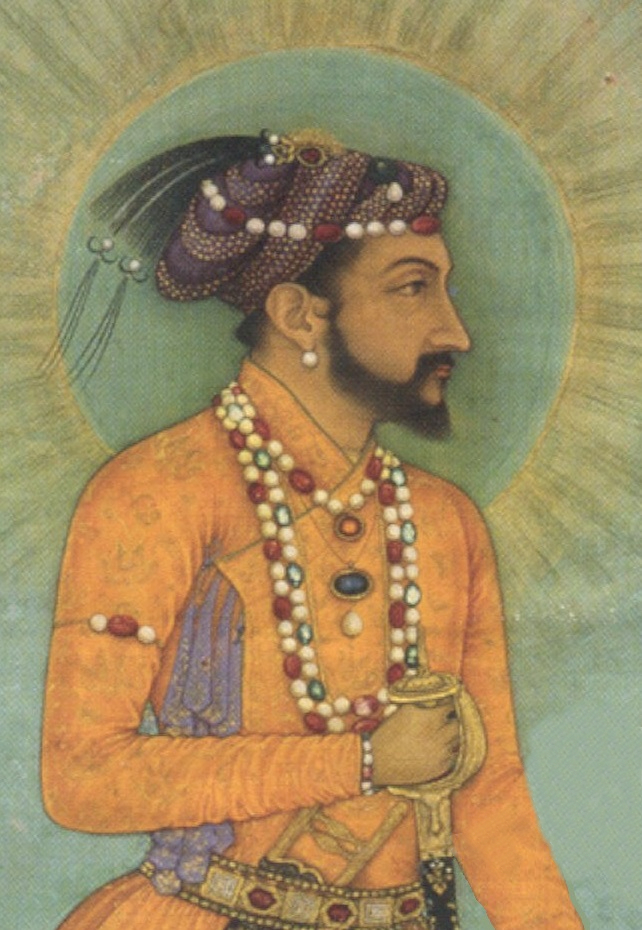
Married in 1612, the Mughal prince and Arjumand Banu Begum traveled together on campaigns and governed as a pair. Her death in 1631 broke him and led to the Taj Mahal, a disciplined act of memory as much as a monument. Their bond ran through patronage, counsel, and family life. Even stripped of legend, it reads clearly in marble lines and garden quiet. This was partnership first, spectacle second, and grief that never faded.
Queen Victoria And Prince Albert
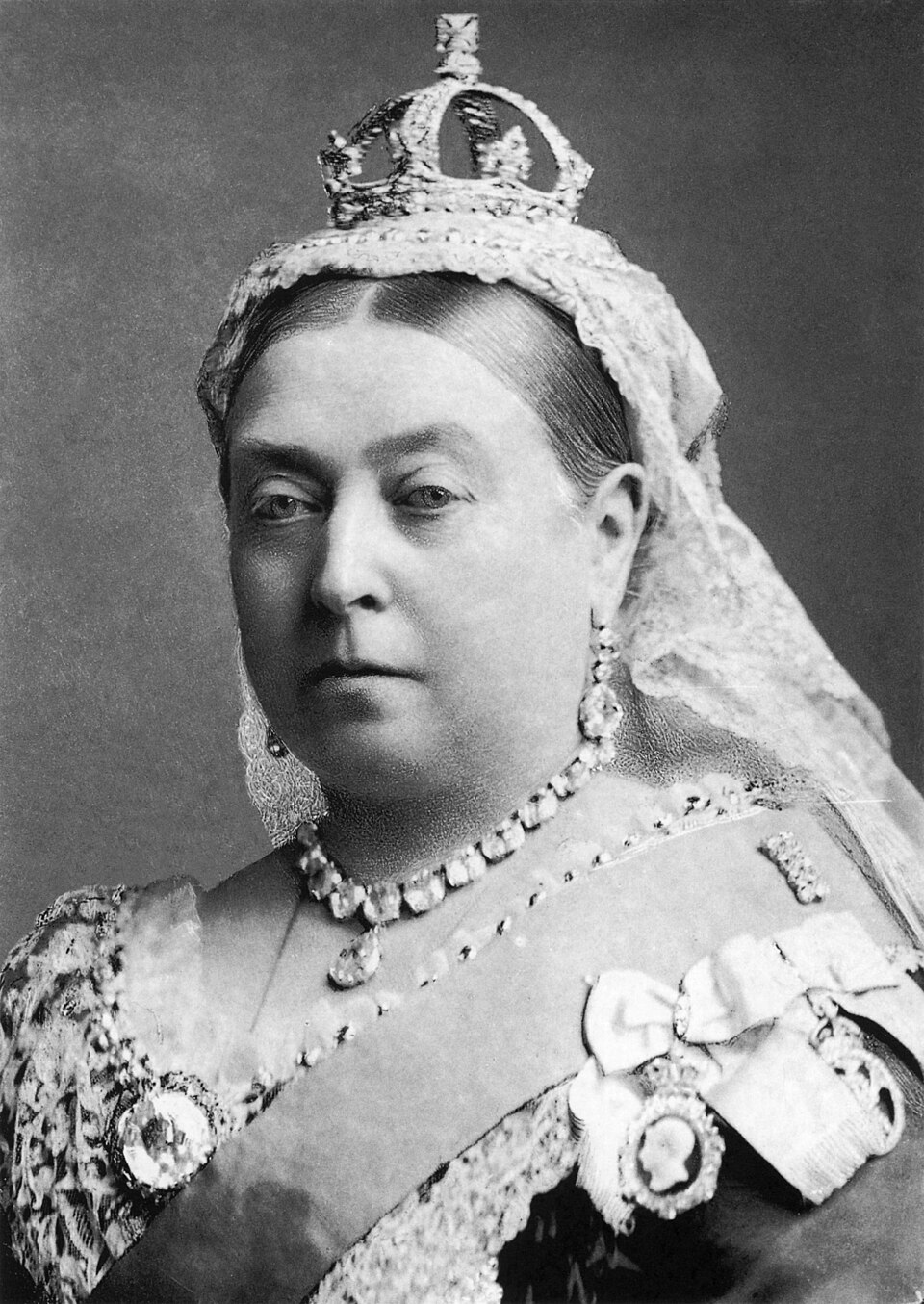
Matched by a shared uncle, they built a marriage that felt chosen. Albert steadied the queen and modernized the household, from court routines to world fairs. Victoria leaned on his judgment through births, politics, and public duties. After he died in 1861, mourning became her uniform and her language. The state saw a widow in black. The diaries show a voice that never stopped speaking to him. Affection became structure, then history.
King George VI And Queen Elizabeth
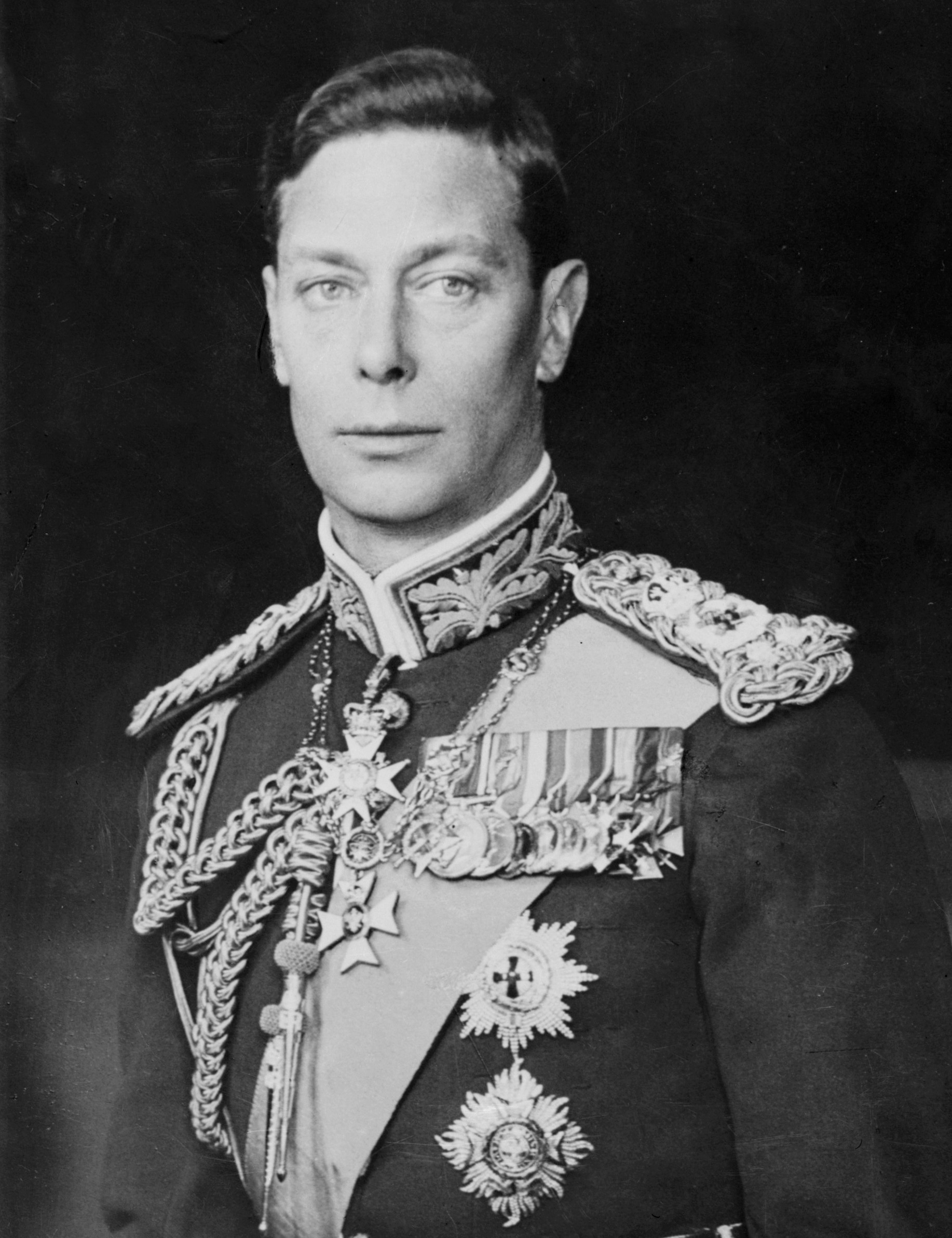
Elizabeth first declined, wary of palace life. When she accepted, the shy duke found a partner who made courage practical. With patience and practice, he learned to master a stammer while she kept the family and the schedule steady. During war, their calm presence meant as much as speeches. The photos are formal, but the real story is easy to read. Shared humor. Quiet coaching. Two people making duty feel human.
Emperor Franz Joseph I And Empress Elisabeth
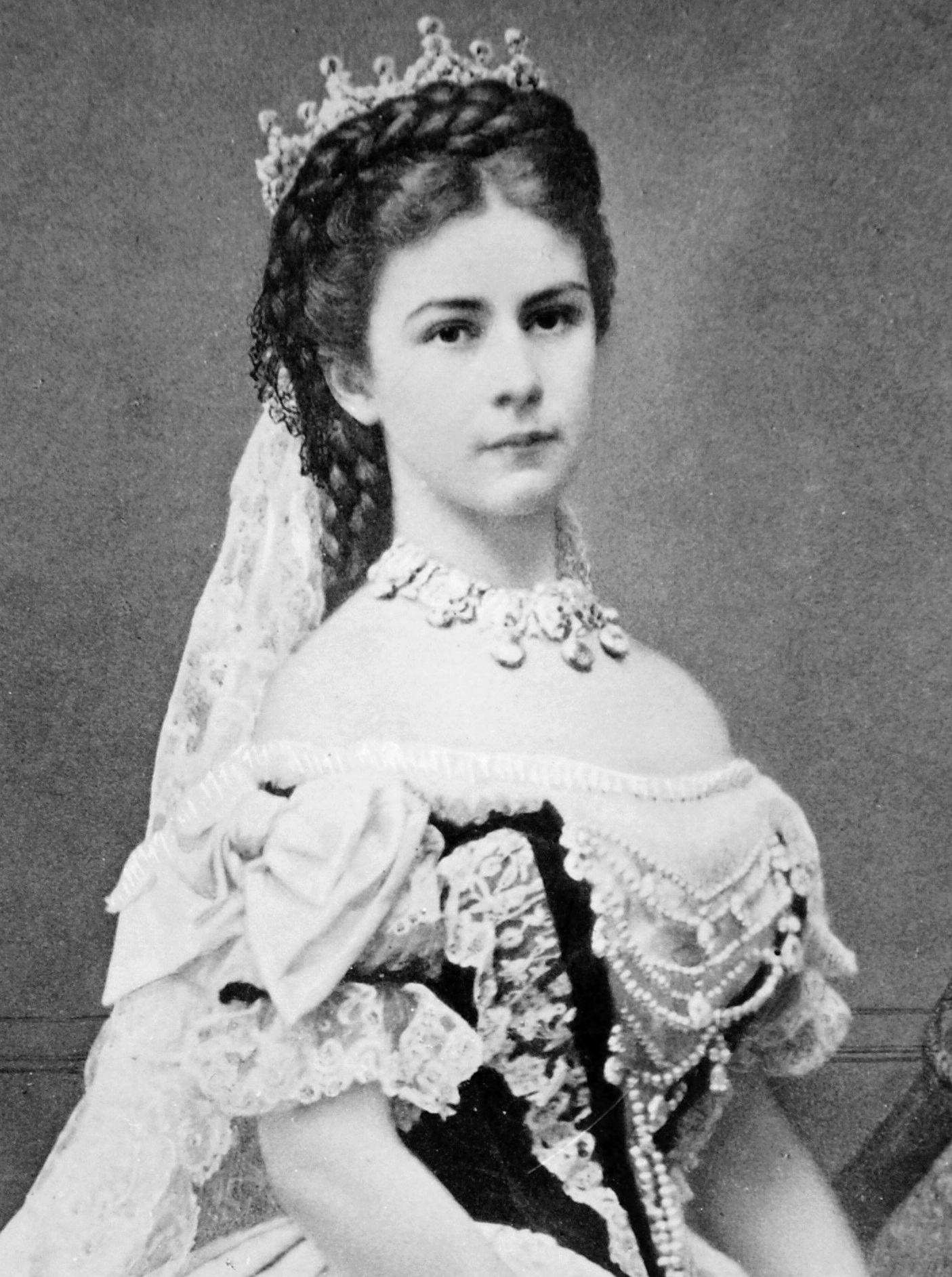
He was meant to wed Helene but chose Elisabeth, and the empire watched a complicated love unfold. Sisi strained against court rules yet loved intensely. He tolerated what he could not tame and held fast when scandal stirred. When she was assassinated in 1898, he carried that loss to the end. State papers show discipline and order. Private notes sketch a tenderness trying to breathe inside a very strict world.
Henry VII And Elizabeth Of York
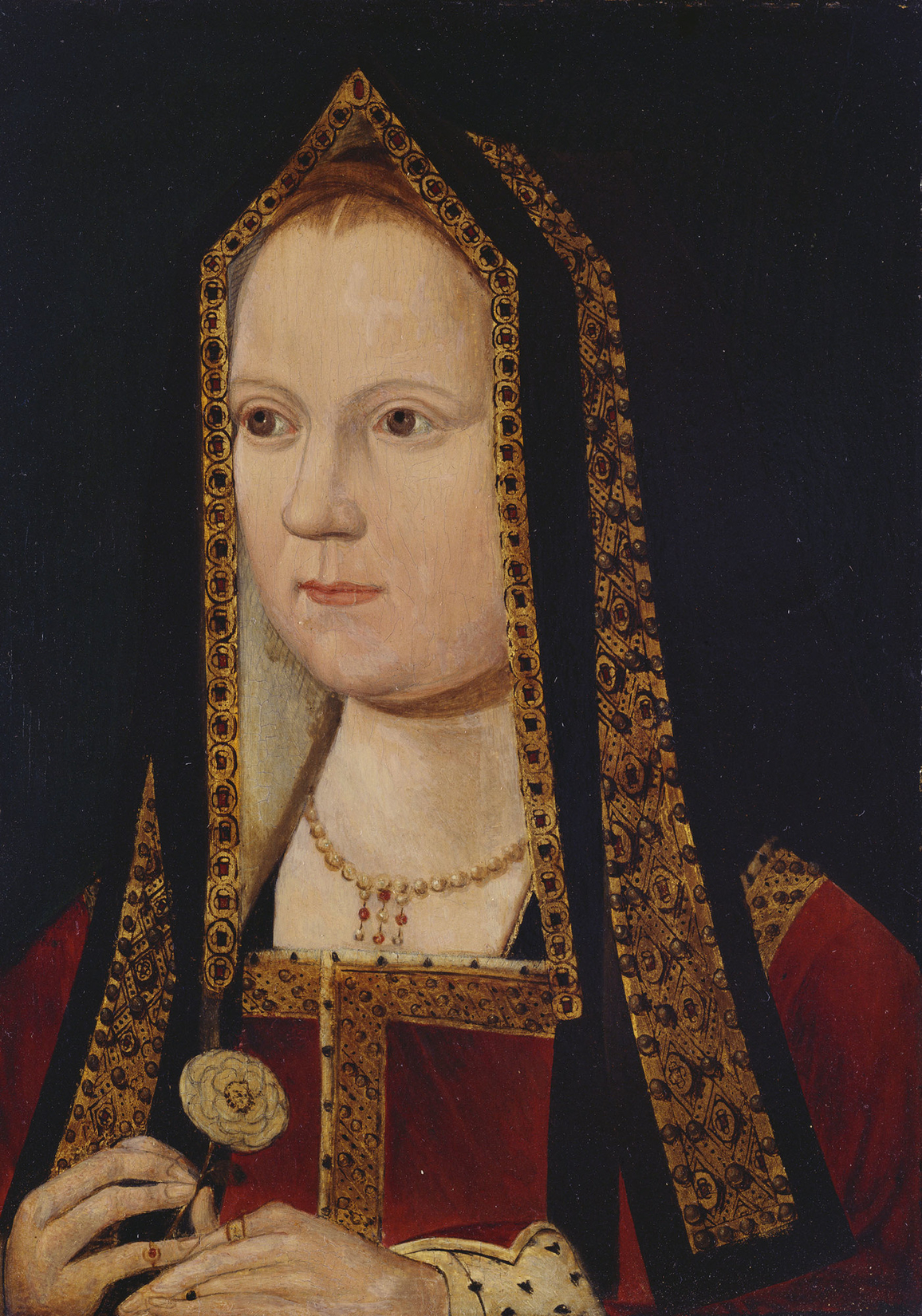
Their wedding ended the Wars of the Roses and united battered claims. The politics were blunt. The marriage that followed was calmer than anyone expected. They modeled restraint after chaos, raised a new dynasty, and worked as a team. When Elizabeth died in 1503, the king’s grief was plain even to wary courtiers. Peace did not arrive by decree alone. It arrived because two people trusted each other and kept at it.
Saint Louis IX And Margaret Of Provence
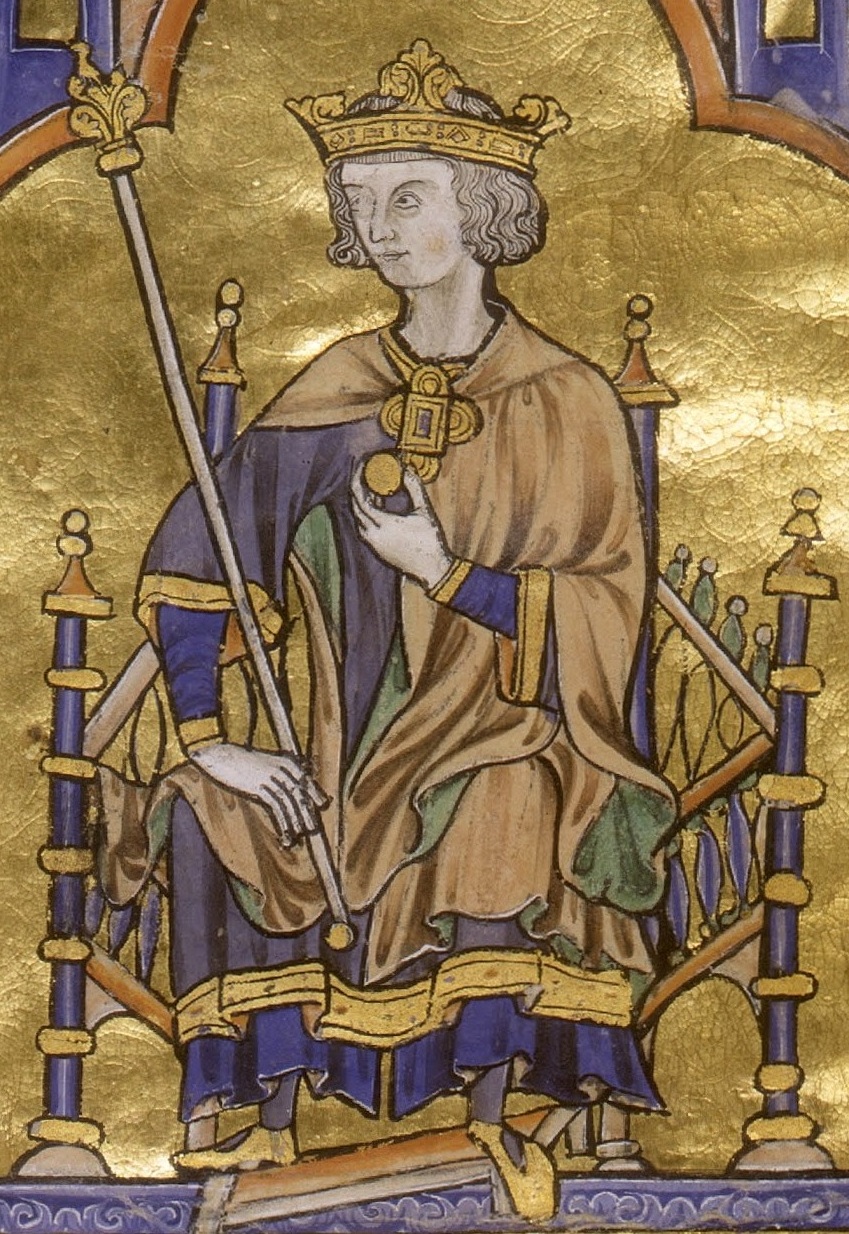
Married in 1234, they began as a calculation and grew into a partnership that felt gentle by medieval measure. Louis wrote with care about Margaret while on crusade, noting her humor and steadiness. She guarded their children and managed rivals when politics turned sharp. Piety marked his reign, but the letters reveal something smaller and stronger. Everyday fondness. Shared patience. Love as habit rather than performance or show.
Emperor Meiji And Empress Shoken
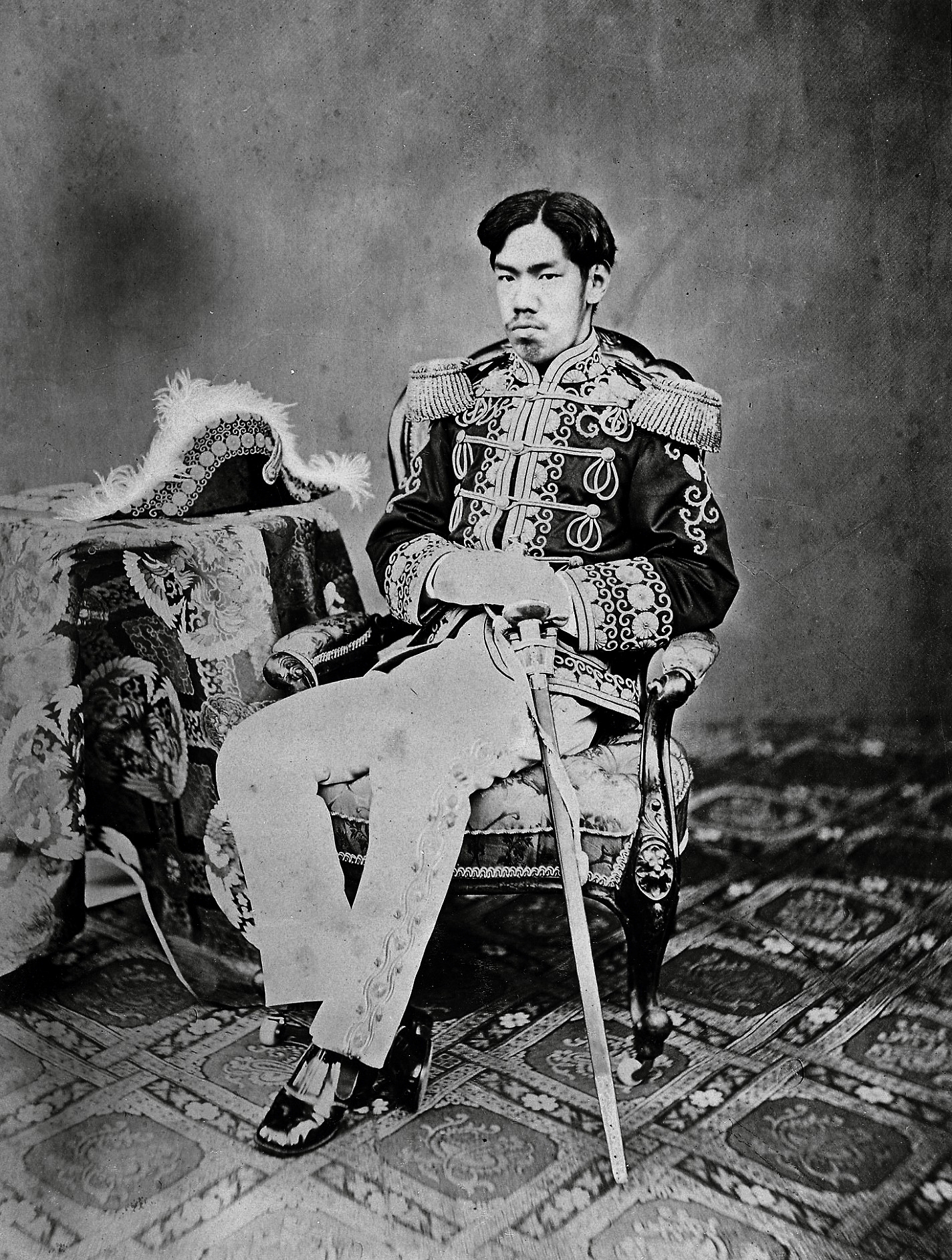
Ritual framed the wedding. Shared purpose framed the years. As Japan modernized, Shoken backed reforms, built charitable networks, and reshaped court life through discipline and service. Their companionship appears in parallel projects and the balance they kept between change and tradition. It is a quiet love story. Not the thunderclap kind. The type that moves a household first, then a country, by steady example and mutual respect.
Justinian I And Theodora
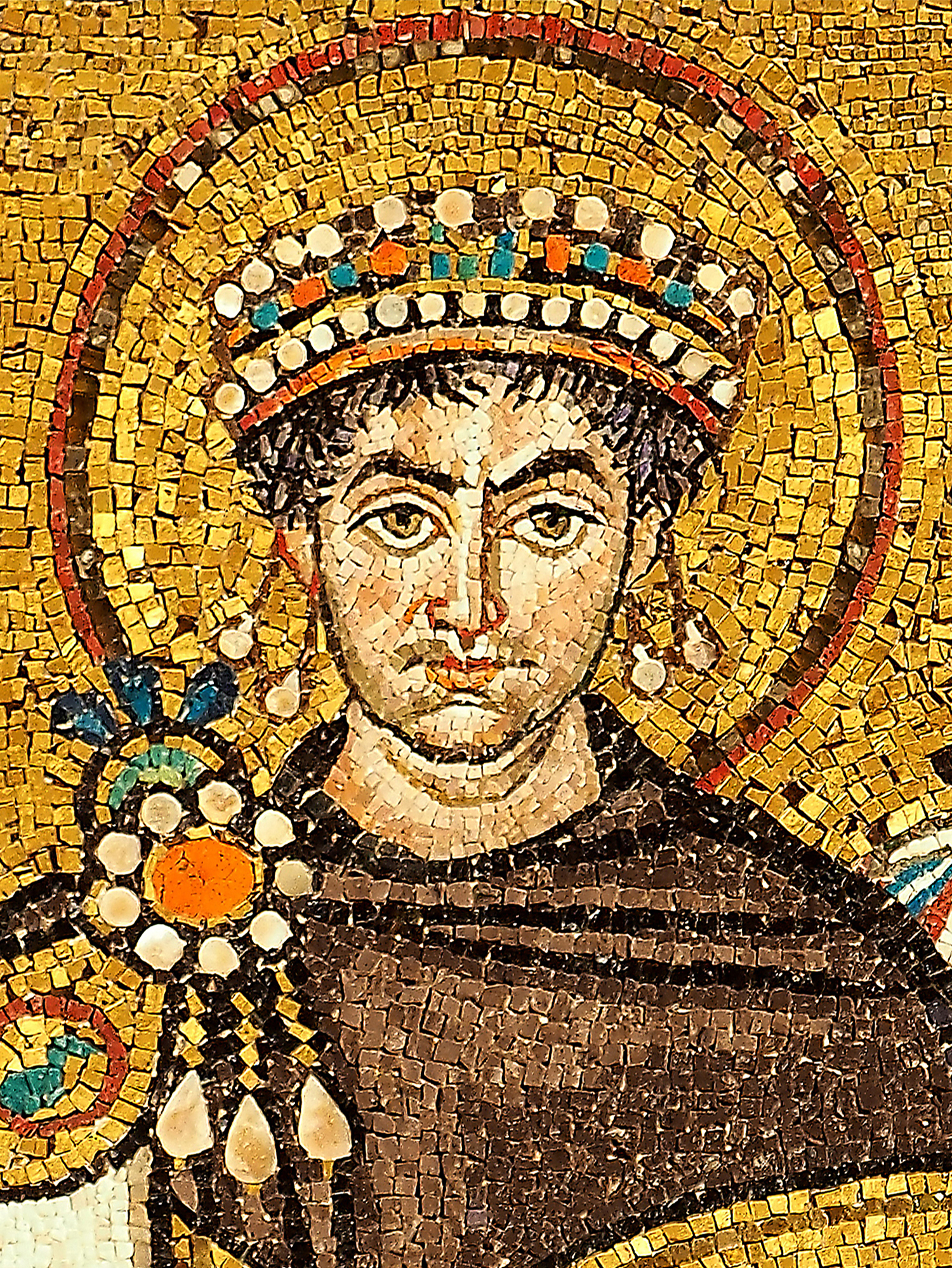
Their union shocked the court and then reset its expectations. She advised on law, stood firm during the Nika riots, and argued for protections that widened justice. He trusted her counsel when power meant danger, not pageantry. Whatever arrangement set the match in motion, respect kept it alive. The image that endures is not jewels or mosaics. It is two minds sharing the weight of a restless city and refusing to blink.
King George III And Queen Charlotte
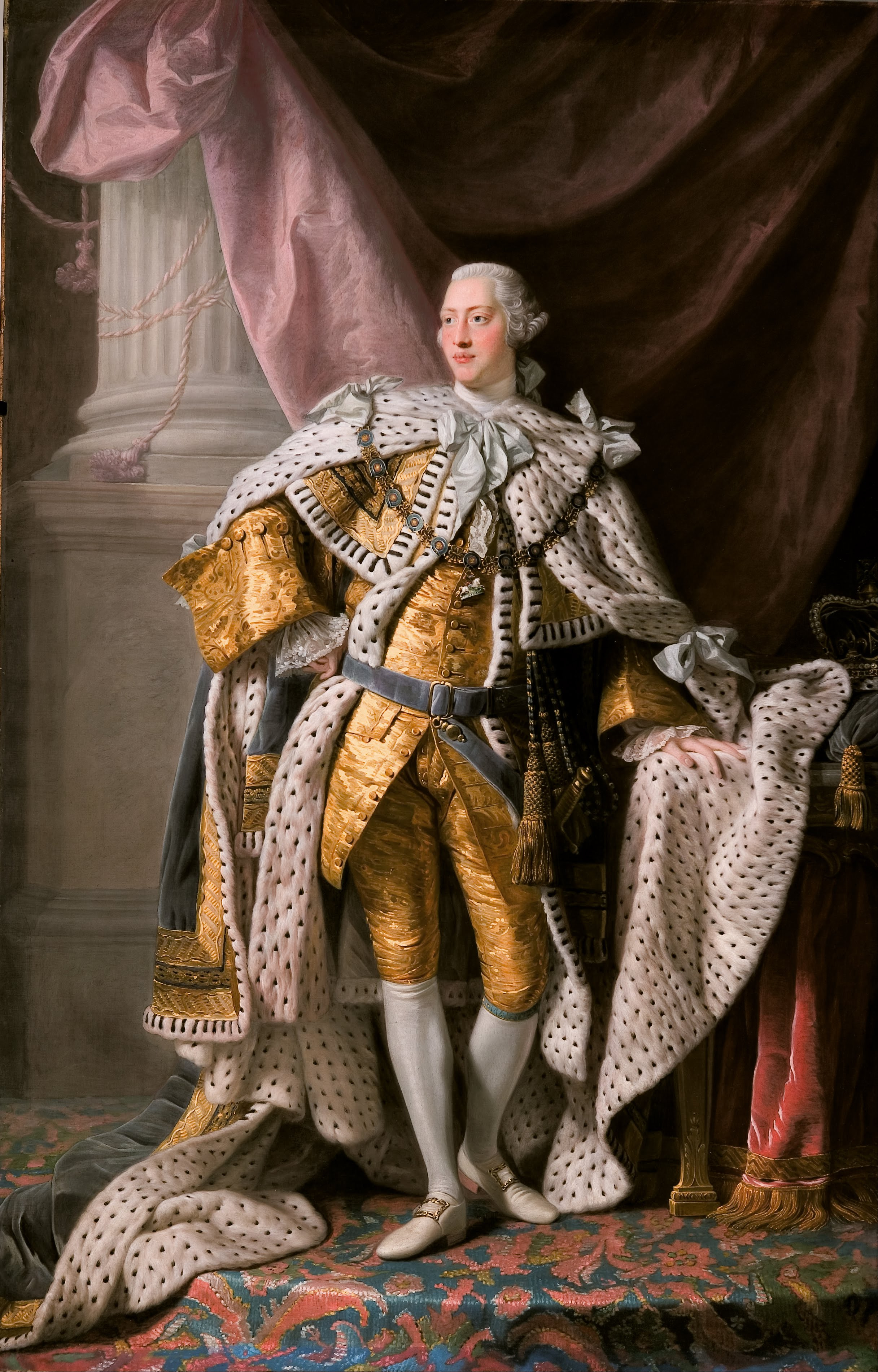
They met and married in the same year, then built a life that looked ordinary until one remembers the era. He took no mistress, a rarity for kings, and she anchored a large family with music, gardens, and study. When illness thinned his world, her steadiness held as long as it could. The match was arranged. The constancy that followed was a daily choice, renewed even as memory frayed at the edges.
Emperor Akbar And Mariam Uz Zamani

The alliance began as policy and soon became a favored companionship. Her presence and heritage helped shape a wider tolerance at court. Their son Jahangir tied dynastic stability to personal trust learned at home. Beyond ceremony, records of gifts, land, and shared celebrations show warmth. Lines that might have hardened softened instead. The lesson reads simply. Power listens better when affection is real and curiosity beats habit.
Tsar Nicholas II And Alexandra Feodorovna
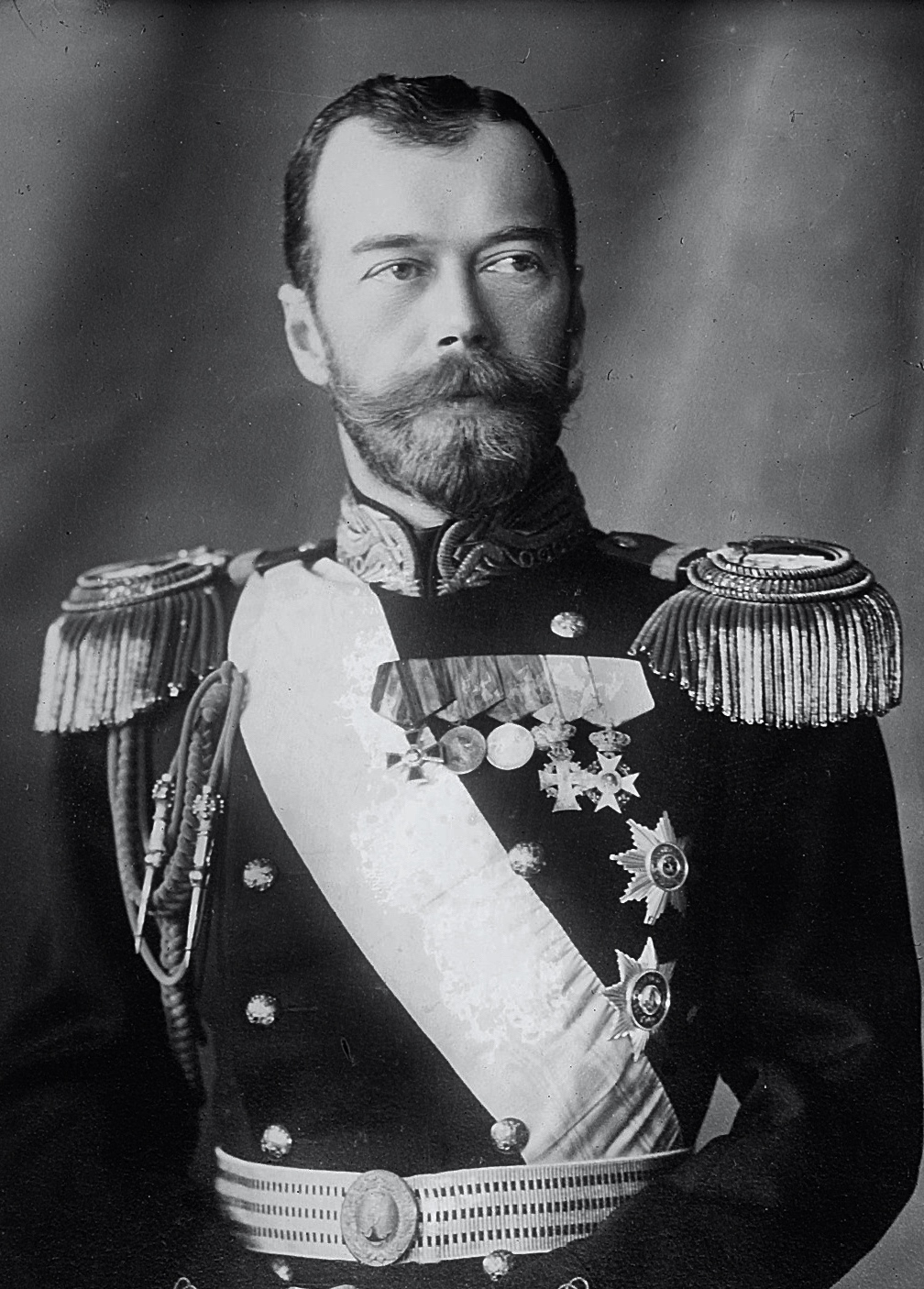
Dynasty arranged it. Love sustained it through strain. She pressed for a marriage of feeling and then stood with him as empire sagged. Their letters ache with tenderness and fear for their children. Politics swallowed their world, yet the domestic portrait stayed clear. Two people who kept choosing each other, even in isolation and error. Devotion did not save the crown. It did define the marriage that faced the end together.
Frederick William III And Queen Louise
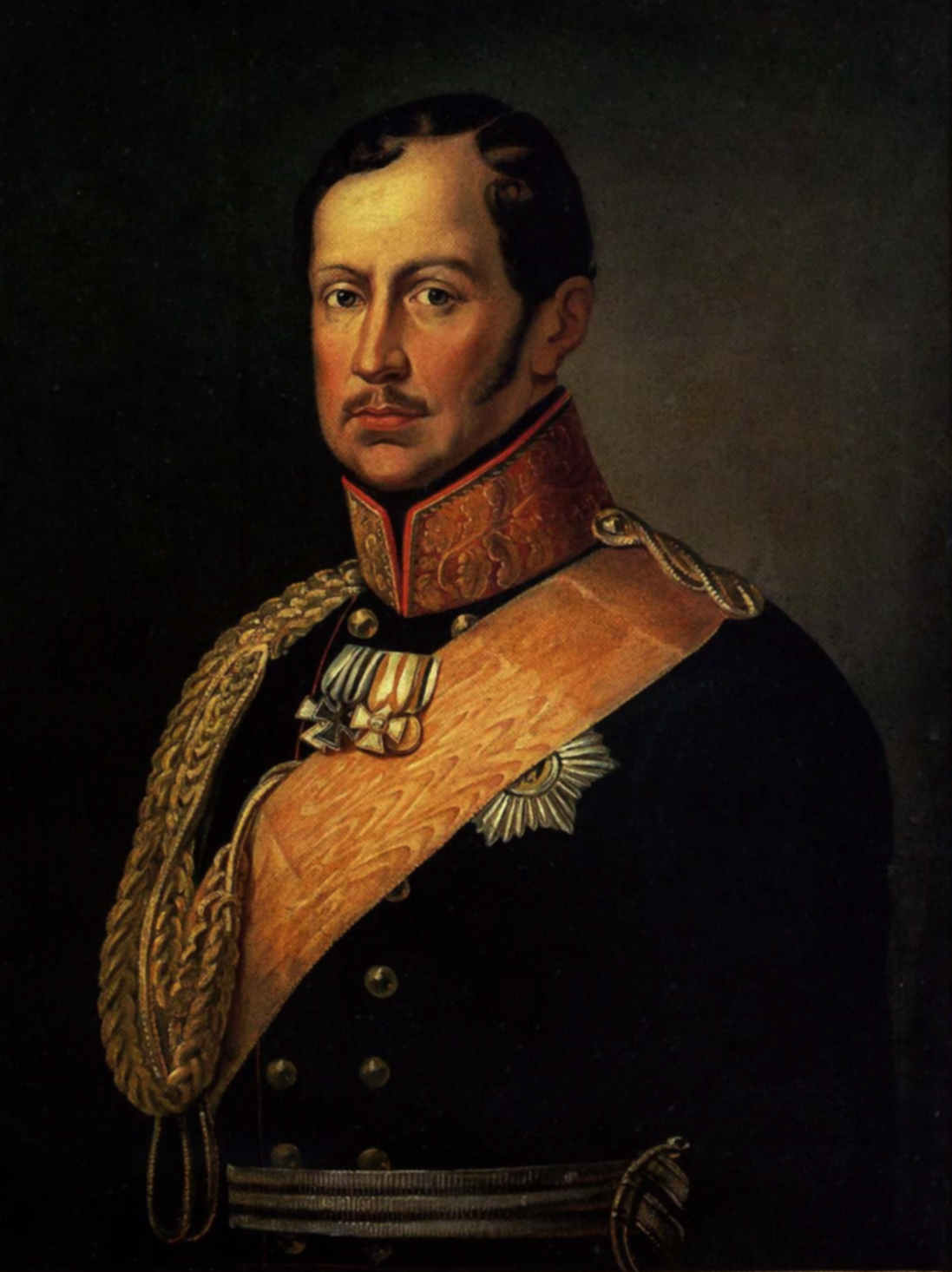
Their union was diplomatic and urgent in the heat of Napoleonic pressure. Affection followed fast. Louise became a national symbol and a private encouragement to a cautious king. They traveled, petitioned, and steadied morale when Prussia stumbled. Her early death in 1810 left public monuments and a private emptiness he could not disguise. Patriotism mattered. So did the quieter thing they built when the doors were closed.
Alfonso XII And Maria Christina Of Austria
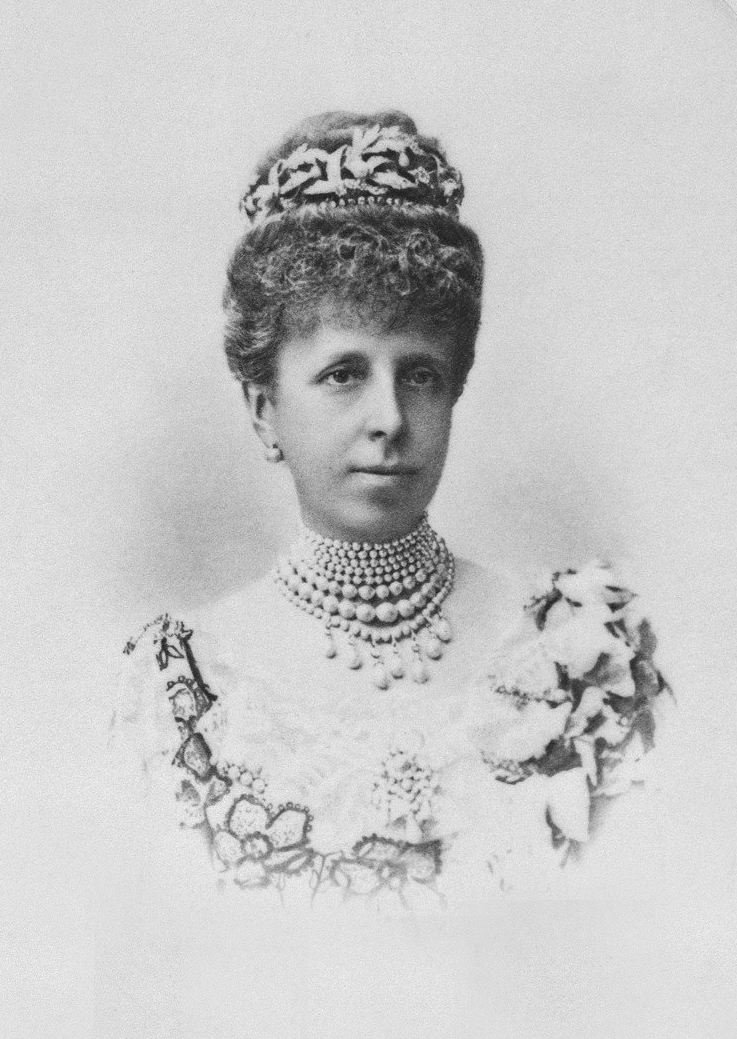
After the death of his first wife, Alfonso entered a new arranged marriage that could have stayed formal. Instead, patience and trust rebuilt the house. She learned the rhythms of Spanish politics and earned respect in a wary public. After his death, she governed as regent with calm and care. The romance here is restraint sharpened into loyalty. A quiet pledge kept in work rather than in words.
Emperor Hirohito And Empress Kojun
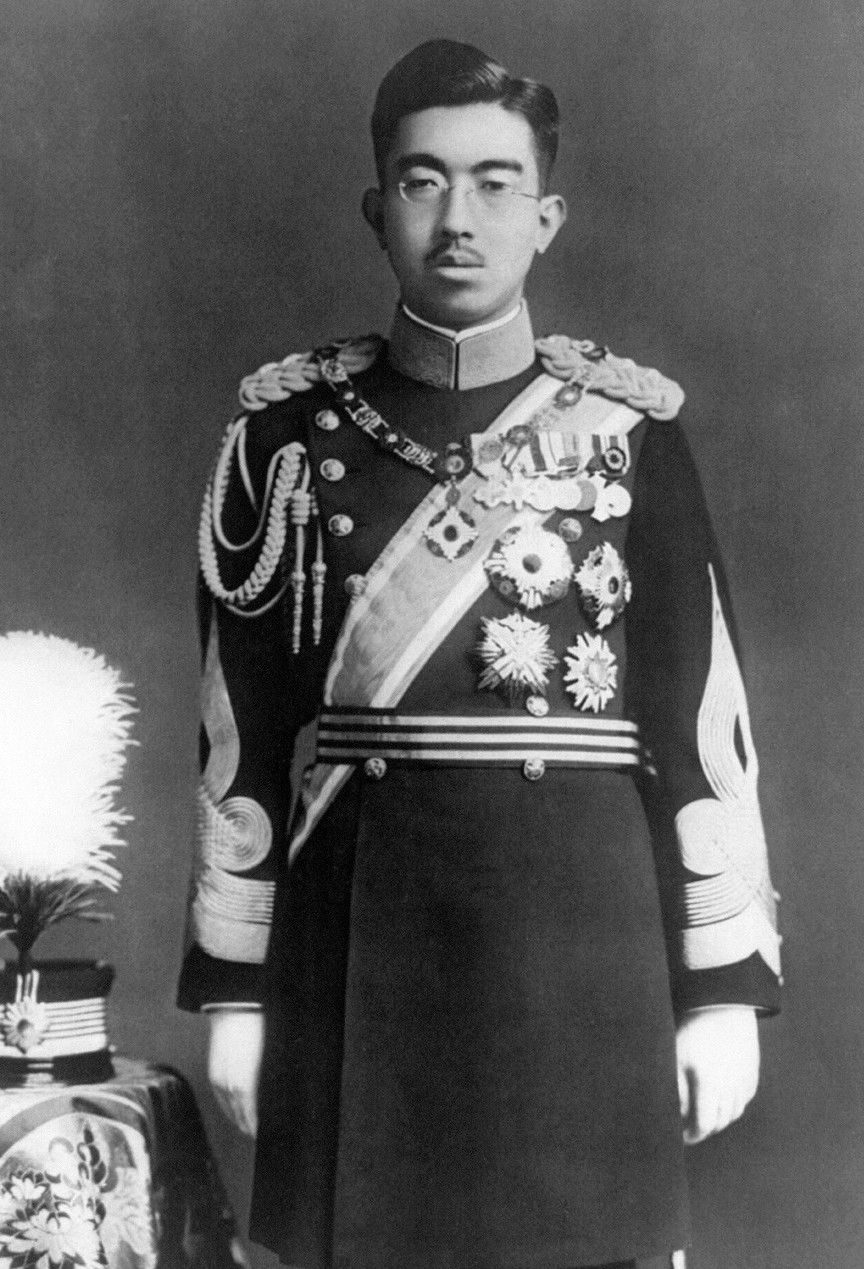
Court custom was rigid, yet they found a rhythm that reads tender in photos and measured in diaries. War and reconstruction forced new roles and public reinvention. Through it, their companionship held, marked by small routines, shared walks, and devotion to family. This is not a sweeping drama. It is marriage as presence. Patience repeated until it becomes character. Love as the habit that survives pressure and time.
Philip II Of Spain And Mary I Of England
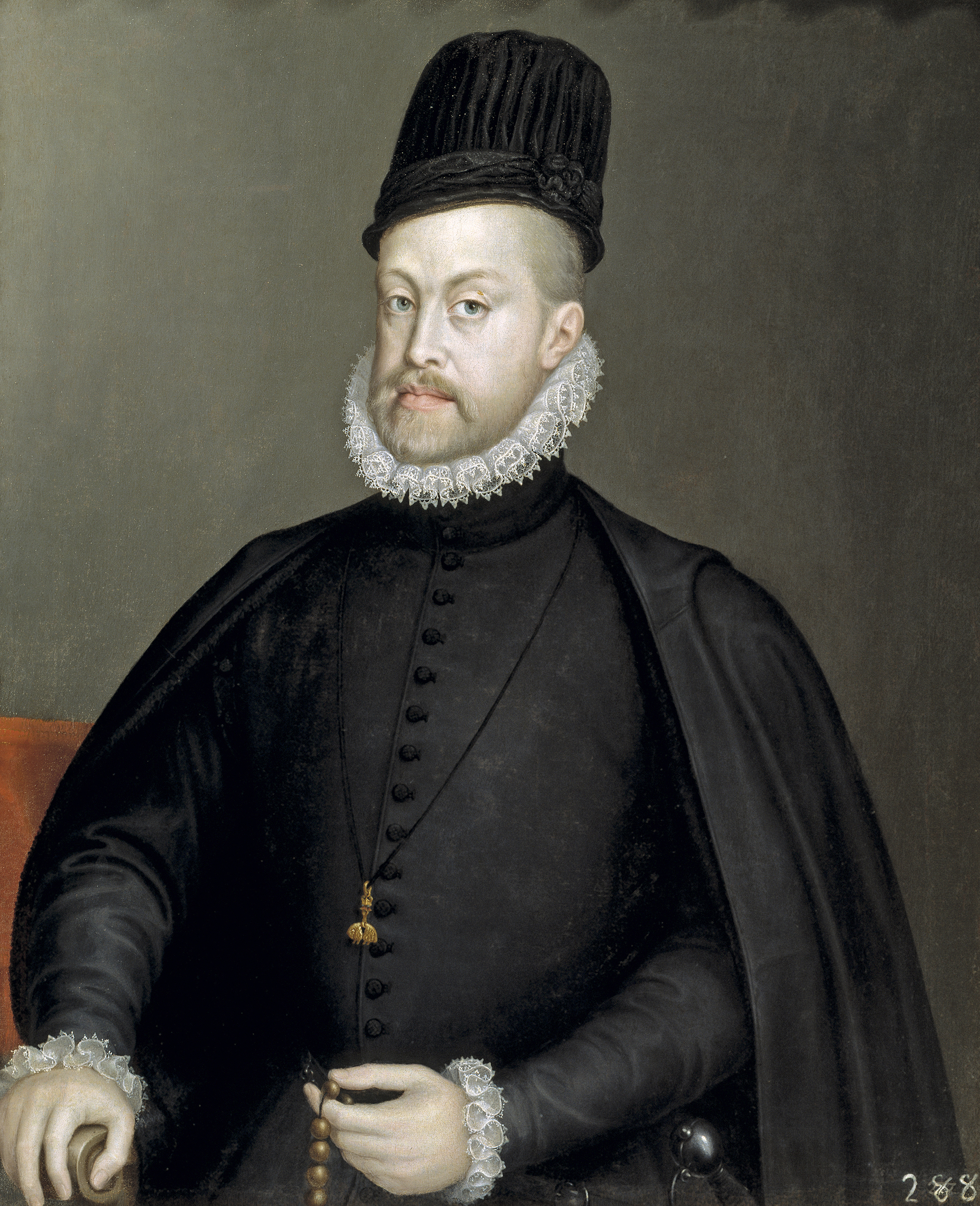
Strategy drew them together to bolster Catholic power. History often remembers the politics and the storms. Contemporary accounts also note affection from Mary and a companionship that steadied her in a hard reign. They faced distance and resistance, yet private exchanges show warmth and gratitude. The match did not give her the heir she hoped for. It gave her a partner who made a difficult crown a little more bearable.
